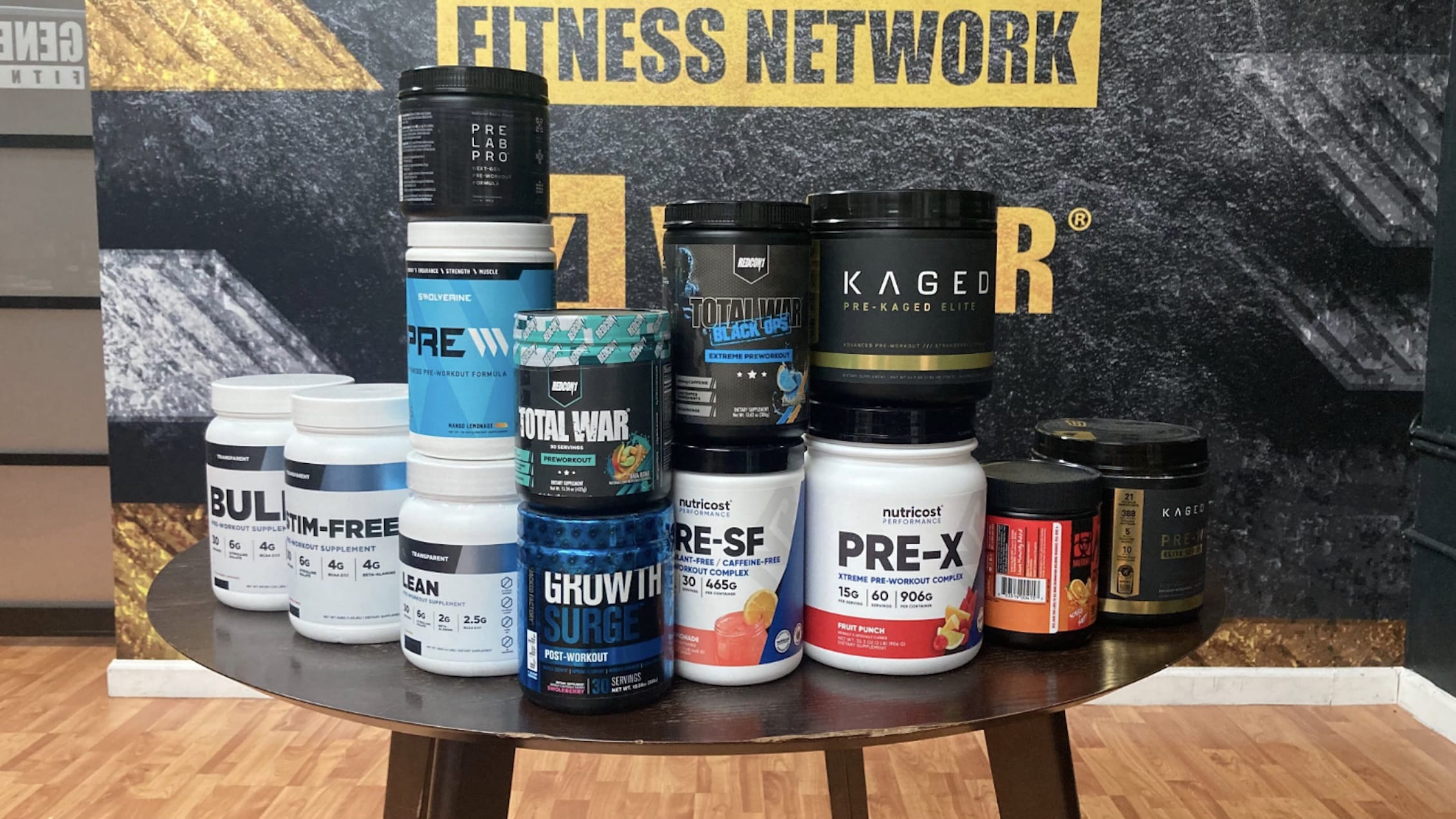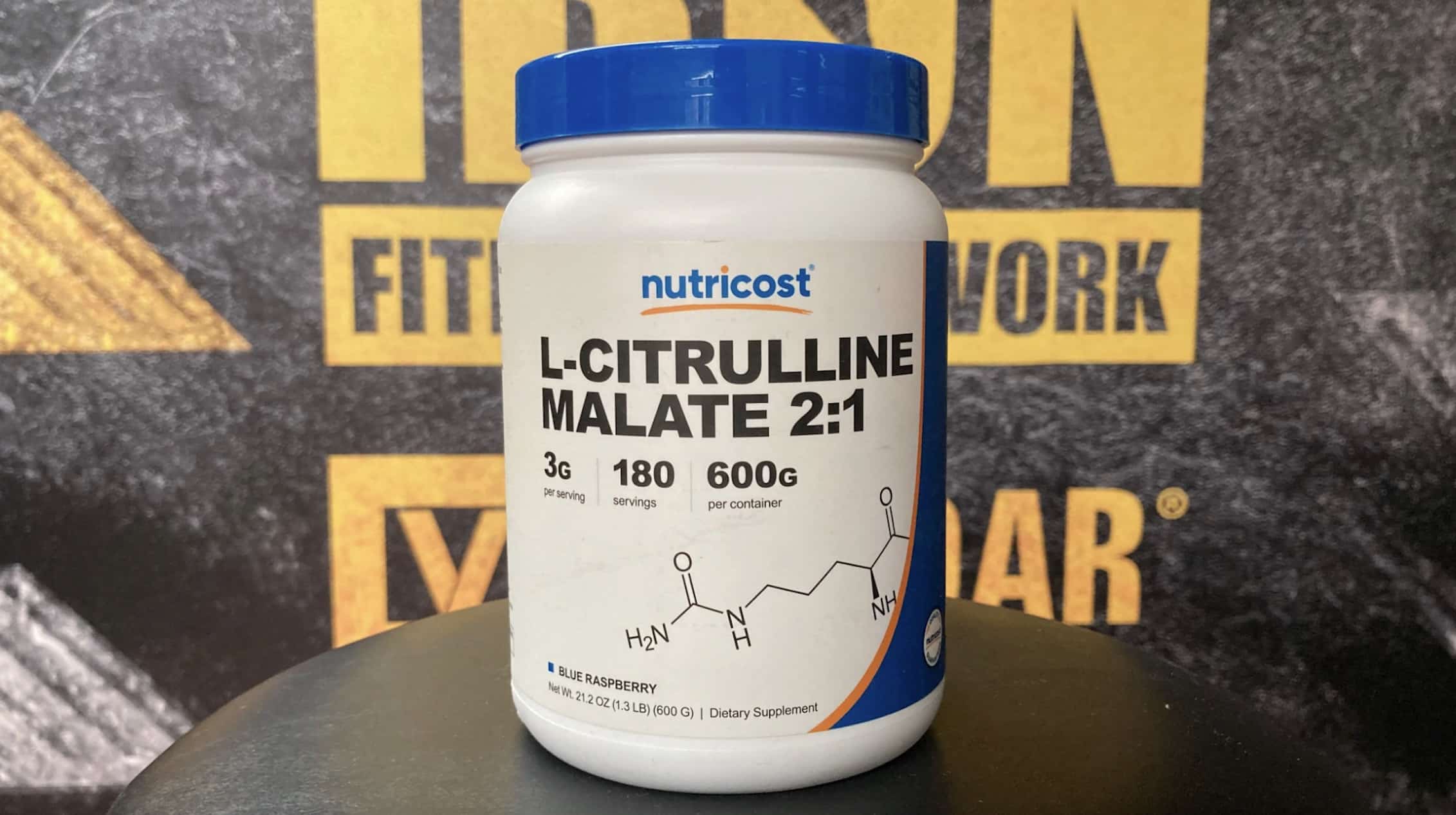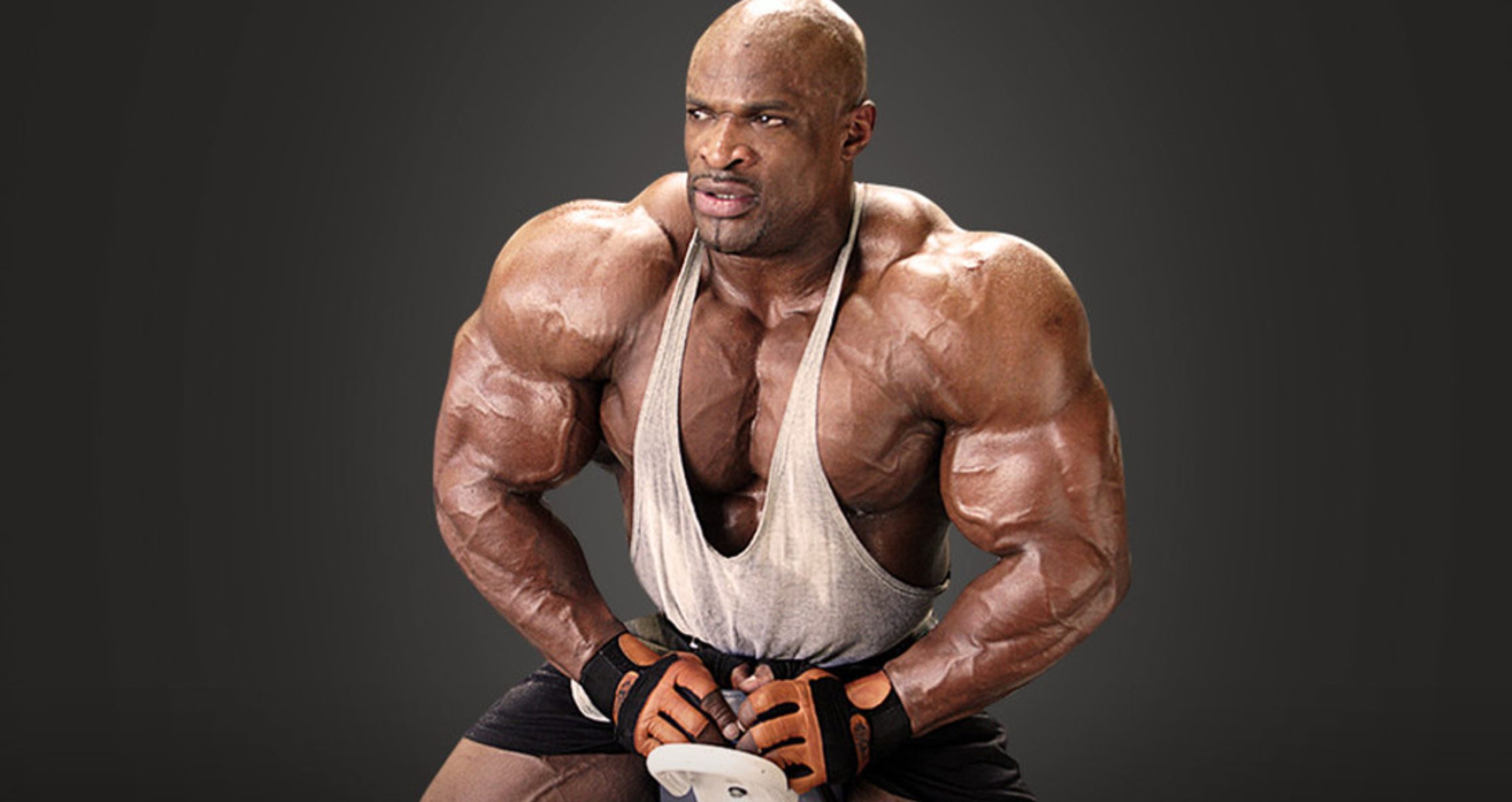Gregg Valentino thinks that there are too many pro cards awarded per year in bodybuilding… but also understands the complications behind it
In an exclusive interview with Generation Iron, bodybuilding veteran Gregg Valentino shares his unfiltered take on the growing number of pro cards in bodybuilding—and what it means for the sport’s future. The Issue at Hand: Are There Too Many Pro Cards?
Over the past decade or so, the bodybuilding industry has seen an explosion in the number of pro cards being awarded annually. These cards, which signal an athlete’s entry into the professional tier, were once a rare and prestigious achievement, reserved for only the most elite competitors. But as bodybuilding has grown, so too has the number of athletes able to call themselves “pros.”
This shift is controversial within the community, with many questioning whether the sheer volume of pro cards is diluting the prestige of the title. Gregg Valentino, known for his outspoken views, doesn’t mince words when discussing his mixed feelings on the topic.
“Back in the day, a pro card really meant something,” Gregg says. “If you had a pro card, it meant you were among the best. Now? Not so much.”
The Business Side of Bodybuilding
Gregg Valentino understands that, from a business perspective, increasing the number of pro cards handed out makes financial sense. The more pro cards available, the more athletes feel motivated to compete, which translates to higher participation in shows, more ticket sales, and bigger sponsor deals. More competition can mean a bigger, more financially viable industry overall.
In today’s sport, federations need to feed money into the divisions, Gregg explains. He goes on to say that the prize money, the events, all of it costs money. To support that, they need people competing, buying tickets, buying merch, and following these athletes.
Yet while increased revenue benefits the organization and funds events, Gregg Valentino worries it may come at the expense of what makes bodybuilding—and the pursuit of a pro card—so special.
Diluting the Elite Status of a Pro Card
For Gregg Valentino, a major drawback of this trend is what he calls the “dilution” of the pro leagues. When he began competing, a pro card was something only a select few could earn. It symbolized an elite level of achievement and separated the very best from the rest of the field. Today, he believes that line has blurred.
Gregg recalls a time when you knew every single pro because they were at the top of their game. But now, Gregg believes that the massive amount of pro cards given per year leads to pros no one has even heard about. They get their card, but then they never make an impact?
According to Gregg Valentino, the current trend means that the division is flooded with athletes who, while talented, may not stand out. It’s no longer just about competing at an elite level but rather about who can earn a card and have the chance to make money off their bodybuilding journey—even if they don’t make it to the top ranks.
Pro Cards as Incentives for Amateur Competitors
Despite his reservations, Gregg Valentino also understands the role of pro cards as an incentive for amateur bodybuilders. Without the lure of potentially going pro, many athletes might lack motivation to enter amateur competitions at all.
“If you’re an amateur, what else are you working toward? You want to be rewarded for the blood, sweat, and tears you put in,” Gregg notes.
Still, Gregg has an idea for addressing this conundrum: why not create different levels of pro cards or an intermediate league between amateur and pro? He believes that a tiered system could help preserve the prestige of the elite pro card while giving emerging athletes something to work toward.
“Maybe we need a system where there’s an intermediate step,” he suggests. This would allow for a reward system as newer bodybuilders work towards becoming pro. First in amateur, then an intermediate league, and then the pro remains a select few who are truly the best of the best. Recreating the elite feeling of the pro league back in the 90s and earlier.
The State of Female Divisions
Beyond the topic of pro cards, Gregg Valentino also offered a critique on the current state of the female divisions in bodybuilding. He’s noticed a trend toward uniformity among competitors, especially in categories such as bikini and wellness. According to Gregg, the competitors in these divisions often look so similar that it’s difficult to discern why one might win over another.
“In the female divisions, it’s like they all look the same,” he says bluntly. “I can’t even tell why one wins over another half the time. It’s starting to get boring, honestly.”
Gregg believes this trend could further complicate the path forward for the industry, as competitors risk becoming interchangeable rather than unique standouts in their own right.
Finding the Balance
For Gregg Valentino, the solution lies in finding a balance. He appreciates the drive and passion that motivates today’s competitors but wants to ensure the sport maintains its prestige and elite reputation. While the increased accessibility of a pro card has brought new faces and dollars into the sport, Gregg believes it’s time for bodybuilding to re-evaluate how it defines—and rewards—its “pros.”
The question of what it means to be a professional bodybuilder has no easy answers. But as the sport continues to evolve, voices like Gregg’s highlight the ongoing tension between preserving the old-school legacy of bodybuilding while embracing a new, more inclusive future. For the fans, and the athletes themselves, this balance could determine the future of professional bodybuilding.







